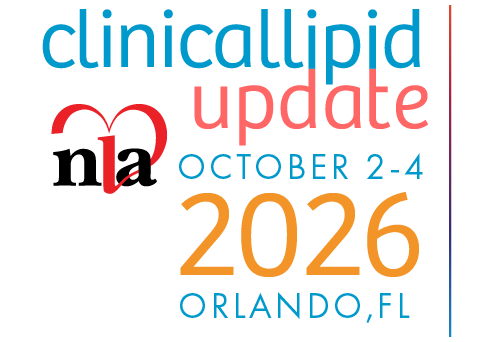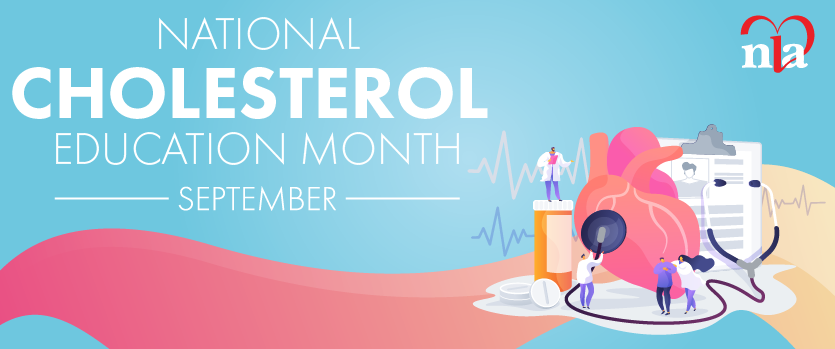Medication Adherence
Medication adherence is a vital part of managing a patient’s medication regimen but is often overlooked. Between addressing patient symptoms, assessing vital signs, and dispensing medications, healthcare providers have several tasks to address during a patient encounter. However, without addressing the importance of medication adherence, patients oftentimes will not take prescriptions as prescribed, leading to subtherapeutic response to medication.
In many cases, it takes several medications to manage a patient’s chronic conditions. Patients diagnosed with obesity are at risk of or may be diagnosed with other comorbid diseases. Because obesity is often linked with the development of other chronic conditions, such as diabetes, it is important to manage patients with both lifestyle changes and medication therapy. Medication management of diabetes and obesity can be managed with similar medications, but oftentimes requires more than one agent. In the United States, the average total number of prescription medications for patients with Type 2 diabetes1 is 5.9. Therefore, it is vital to address patient medication response, especially as medication complexity increases with the development of chronic diseases.
Traditionally, medication adherence is calculated as the proportion of days covered (PDC). PDC is calculated by determining:
days supply of medication dispensed / days between medication refill
The target threshold for medication adherence is greater than 80% to achieve optimal therapeutic outcomes. On average, this would equate to missing ≤1 dose of a daily medication per week to meet this adherence measure. Studies have shown varying adherence rates amongst patients with diabetes, generally averaging around 50-60%, and it is well known that adherence rates decline over time.2,3 It is imperative for healthcare providers to address barriers to medication adherence to ensure optimal management of chronic conditions. Medication adherence is associated with better patient outcomes; including reduced hospitalizations, reduced healthcare costs, and increased quality of life.3-5
Managing Medication Non-Adherence
The discontinuation rate of chronic medications remains high. In patients with diabetes, the apparent discontinuation rate can be as high as 50% and often is not reported to providers.3,6 Inability to reach a therapeutic target (A1c <7%) may be due to medication non-adherence, rather than suboptimal response to medication; particularly if an appropriate response was seen initially and not sustained overtime. Rather than adding additional therapy, it is important to assess and address medication adherence before altering medication regimens.
Several barriers to medication adherence exist. These may include cost, lack of transportation to the pharmacy, adverse effects, and complexity of medication regimen. Rather than addressing medication concerns when prompted by the patient, strategies (Table 1) can be used during patient encounters to discuss adherence at each visit.

Medication Management: Utilizing Other Members of the Healthcare Team
Use of the complete healthcare team (pharmacists, social workers, and nurses) can close the gap to reduce patient barriers to access medication. Engaging the nursing staff for follow-up calls after initiation of therapy can be vital for medication continuation. Barriers to medication access and disease state monitoring, and follow-up can be addressed at this time. Social workers can be a resource to address transportation, home-health services, and financial concerns.
Community pharmacists are the most accessible member of the healthcare team for patients.7 Because of the frequency of patient visits to the pharmacy, follow-up medication concerns can be addressed at these times. Retail pharmacists are a resource for medication counseling and are able to perform one-on-one medication reconciliations (complete med reviews (CMRs)) with patients. Pharmacies utilize platforms from Centers for Medicare and Medicaid (CMS) and pharmacy benefit managers (PBMS) to target patients at high risk of non-adherence. During a CMR, medications are reconciled, patients are educated on adherence and disease-state management, and medication concerns are addressed and relayed to the provider. Pharmacy staff can be a good resource for providing access and education for monitoring supplies (glucometers) or for injection technique training (insulin, GLP-1 receptor agonists). Simply calling a patient’s local pharmacy and discussing specific patient medication concerns or needs with the team can result in better patient care.
Medications Don’t Work if Not Taken
Managing medication regimens in patients with obesity and diabetes is a complex and ever-growing problem healthcare providers face. Due to the complexity and number of prescription medications typical patients are prescribed, medication nonadherence remains an issue that all members of the healthcare team must address. Medication nonadherence directly impacts therapeutic outcomes.
Open discussion about the importance of consistent medication use, difficulties obtaining medication, and patient perceptions about their medication therapy is vital. Without proper access to medication and open conversation about adherence barriers, medication adherence rates will remain low, directly affecting therapeutic outcomes. Medications can only work if they are taken!

Dr. Nee has no financial relationships to disclose. Dr. Cheeley has received honorarium from Novartis.
References
- Saydah SH. Medication Use and Self-Care Practices in Persons With Diabetes. In: Cowie CC, Casagrande SS, Menke A, et al., editors. Diabetes in America. 3rd edition. Bethesda (MD): National Institute of Diabetes and Digestive and Kidney Diseases (US); 2018 Aug. CHAPTER 39. Available from: https://www.ncbi.nlm.nih.gov/books/NBK567996/
- Kirkman, M Sue et al. “Determinants of adherence to diabetes medications: findings from a large pharmacy claims database.” Diabetes care vol. 38,4 (2015): 604-9. doi:10.2337/dc14-2098
- Kim, Jennifer et al. “Medication Adherence: The Elephant in the Room.” US Pharmacist, 19 Jan 2018, US Pharm. 2018;43(1)30-34.
- World Health Organization. (2003). Adherence to long-term therapies : evidence for action. World Health Organization. https://apps.who.int/iris/handle/10665/42682
- Cameron NA, Petito LC, McCabe M, Allen NB, O’Brien MJ, Carnethon MR, Khan SS. Quantifying the Sex-Race/Ethnicity-Specific Burden of Obesity on Incident Diabetes Mellitus in the United States, 2001 to 2016: MESA and NHANES. J Am Heart Assoc. 2021 Feb 16;10(4):e018799. doi: 10.1161/JAHA.120.018799. Epub 2021 Feb 10. PMID: 33563002; PMCID: PMC7955335.
- Roborel de Climens, Aude et al. “Understanding Reasons for Treatment Discontinuation, Attitudes and Education Needs Among People Who Discontinue Type 2 Diabetes Treatment: Results from an Online Patient Survey in the USA and UK.” Diabetes therapy : research, treatment and education of diabetes and related disorders vol. 11,8 (2020): 1873-1881. doi:10.1007/s13300-020-00843-9
- Manolakis, Patti Gasdek, and Jann B Skelton. “Pharmacists’ contributions to primary care in the United States collaborating to address unmet patient care needs: the emerging role for pharmacists to address the shortage of primary care providers.” American journal of pharmaceutical education vol. 74,10 (2010): S7. doi:10.5688/aj7410s7
Article By:
Grady Health System
Atlanta, GA
Grady Health System
Atlanta, GA






.jpg)
.png)










